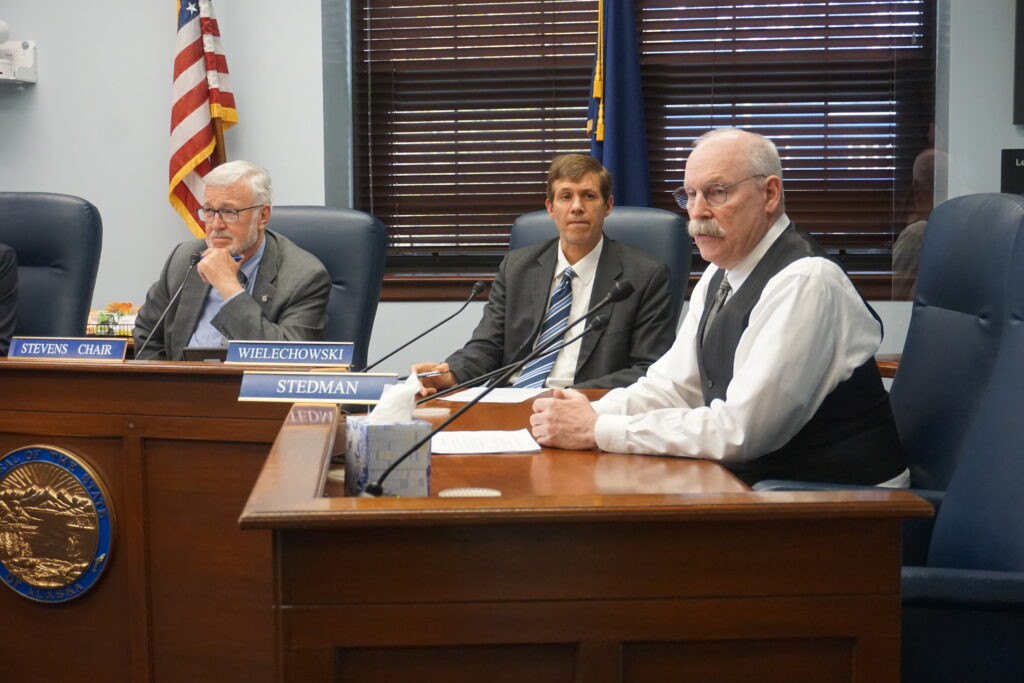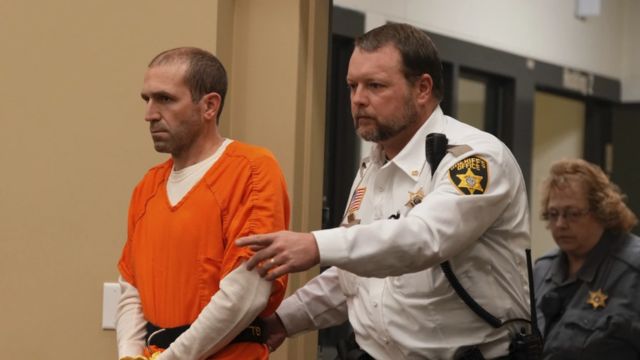The federal government says that Alaska didn’t fund schools fairly during the pandemic, but state education leaders continue to disagree.
In December, federal officials in charge of education said Alaska had not met the requirements for receiving COVID recovery funds for schools. The rule, which was called “maintenance of equity,” said that when states gave pandemic aid, they couldn’t cut funds to the districts that needed it the most.
Alaska did that in four school systems, according to the U.S. Department of Education. These are the Juneau School District, the Anchorage School District, the Fairbanks North Star Borough School District, and the Kenai Peninsula Borough School District.
But in a news call on Friday, Deena Bishop, Commissioner of the Alaska Department of Education and Early Development, said that the state stuck to its normal funding formula during the pandemic.
“This approach to equalized funding did not change during the COVID-19 pandemic,” Bishop said. “In order to get federal funds, Alaska did not lower the amount of money each student in any of our school districts spent on education.”
Bishop said that schools lost kids during that time. Since state funding is based on how many students are in a school, when enrollment goes down, so does state funding.
“This is not a cut or reduction; this is just how the state formula works,” Bishop said.
Alaska’s school funding formula starts with a base amount per student, which is known as the “base student allocation.” It then adjusts for things like the size of the school, the number of students with intense special needs, and other factors that are unique to each district. The point is to understand that kids across the state have different needs and give them the money they need to be met.
There is also a law in the state called “hold harmless,” which helps districts that have lost kids by lowering the amount of state money they get gradually over three years instead of all at once.
Because of these things, state support changes from year to year. During the pandemic, some students dropped out of traditional schools and started going to private programs. This changed the amount of money that those students brought in for districts.
Bishop said that the rule about maintaining fairness was the first of its kind.
“For states like ours that have an equalized per-pupil funding formula, there was no way to know how to comply if just keeping your funding and distribution the same as it has always been was not enough,” she said.
A different federal rule lets the state count some federal aid as state education funding. She said that the fact that the state passed the disparity test shows that it funds all districts fairly.
Austin Reid, a federal policy advisor, told the Alaska Senate Education Committee last week that more than 40 states were at first thought to be not following the rules for maintaining fairness.
“So far, I know of at least seven states that have made extra payments to show they are in compliance for fiscal year 2022,” he said. “These payments range from a few hundred thousand dollars to almost a hundred million dollars.”
Last month, the Department of Education said that Alaska could fix its problems by giving the four school systems almost $30 million. When asked to comment on Bishop’s claim that Alaska did fund schools fairly by following the method, the department did not do so.
Bishop said it’s too early to say if extra payments are the only way to fix the problem. She said she hoped to meet with federal officials this week about schooling.




